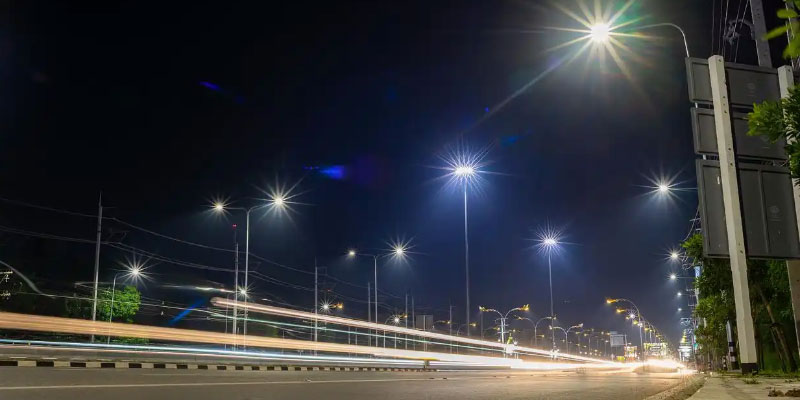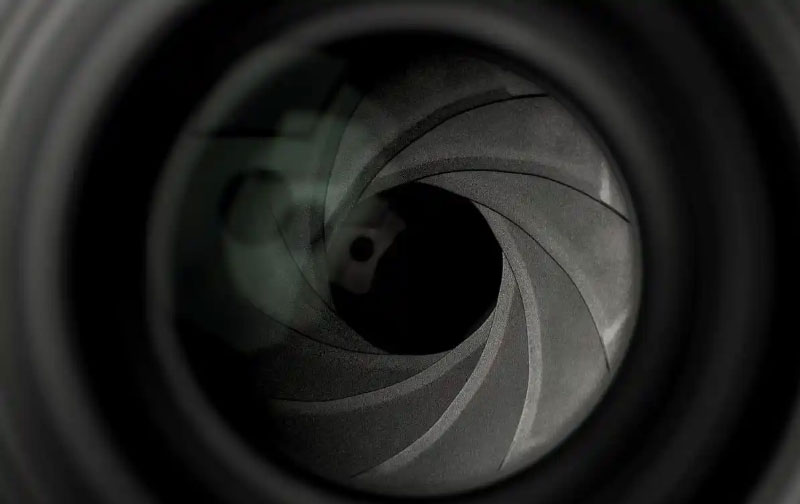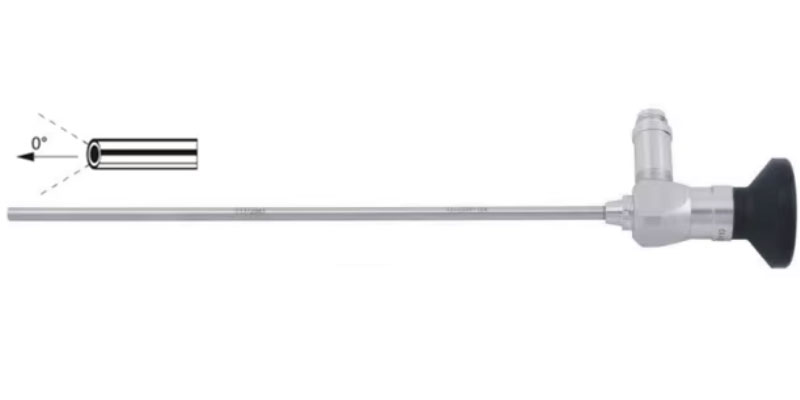
What Is An Adjustable Diaphragm On A Mobile Phone:Adjustable Diaphragm in smartphones is a technology that adjusts the amount of light entering the camera converging lens, enabling users to capture better photos under varying lighting conditions. It works by using a set of rotating or movable blades to alter the size of the lens aperture. Currently, some smartphones on the market already support two or more aperture settings, such as models from Samsung, Sony, and OPPO. Huawei is also developing variable aperture technology, having filed a patent for a system capable of 10 aperture settings. This allows users greater flexibility in controlling depth of field and blur levels during shooting, enhancing photo quality and aesthetic appeal.
The aperture is the device within a camera that controls the amount of light entering the lens. It achieves this by adjusting the size of the lens opening through a set of variable blades. The aperture plays several key roles in photography:

Aperture affects image brightness. A larger aperture creates a wider opening, allowing more light to enter and resulting in a brighter image. A smaller aperture creates a smaller opening, allowing less light in and resulting in a darker image.
Aperture affects depth of field. Depth of field refers to the range of sharp focus in front of and behind the subject. A larger aperture creates a shallower depth of field, producing stronger background blur and making the subject stand out more prominently; a smaller aperture creates a deeper depth of field, resulting in weaker background blur and less pronounced subject emphasis.

Aperture affects starburst effects. Starbursts occur when light passes through the edges of lens blades during nighttime photography, creating a scattering phenomenon. Smaller apertures have more blade edges, resulting in more starbursts; larger apertures have fewer blade edges, producing fewer starbursts.
Select the appropriate aperture size based on your shooting purpose and scene. Generally:
Looking ahead, advancements in fibre optic technology may enable these sensors to play an increasingly significant role within the Internet of Things or intelligent equipment sectors.
For portrait close-ups, floral details, or other subjects requiring subject emphasis and background blur, choose a large aperture. For landscapes, architecture, still life, or other subjects needing sharp panoramic views and deep depth of field, choose a small aperture. For nighttime lights, starry skies, or other subjects requiring starburst effects, choose a small aperture.
The introduction of variable apertures in smartphones represents an innovation and advancement. It empowers users to capture better photos under varying lighting conditions while offering greater creative freedom and effects. Of course, variable apertures also present some drawbacks and challenges, such as increased lens complexity and cost, potential impacts on lens stability and durability, and the need for more sophisticated software algorithms to support them. I hope smartphone manufacturers will continue to refine and optimize variable aperture technology, making it more practical and widely adopted.
optlenses
Related posts
What is Optical Lens Hydrophobic Coating?
What is The Orthoscopic Lenses Meaning?
Right-angle Prism Reflector:Principle,Application and Advantages
Spherical Lens vs Aspherical Lens



